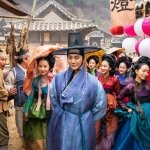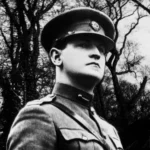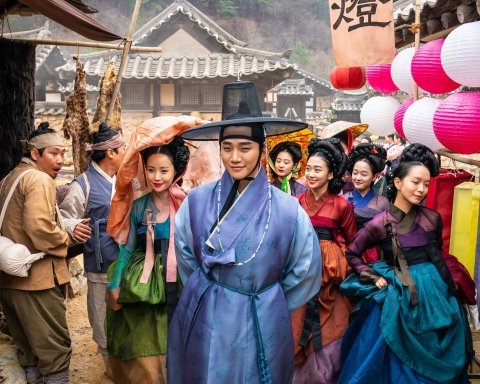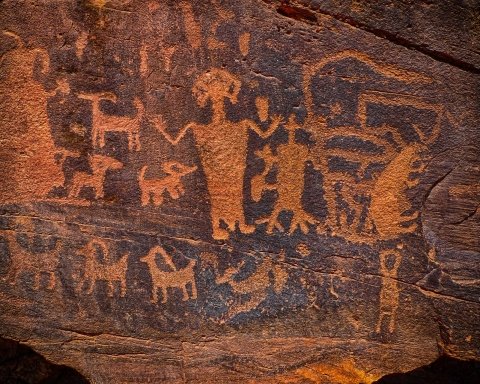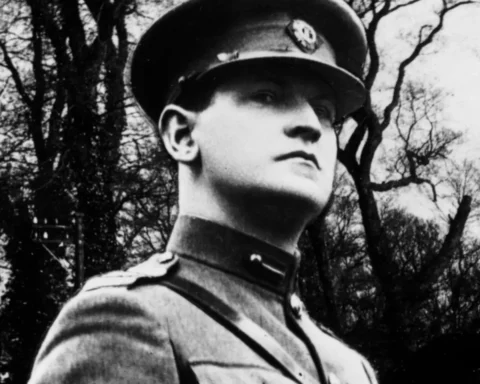During the Victorian era, Queen Victoria’s influence was so profound. She created a female-oriented society. Women in victorian era faced so many challenges. The teachings of the Bible and the Queen herself dictated views on the female body, virginity, wifely and maternal roles, and religious doctrines.
Queen Victoria’s own beliefs, particularly regarding maternity, were a significant factor in this. Of course, all these have led to the development of a female body concept, which was very conservative and bound to strict gender roles. But,wait? Who was this Queen Victoria whose name is given to such an age?
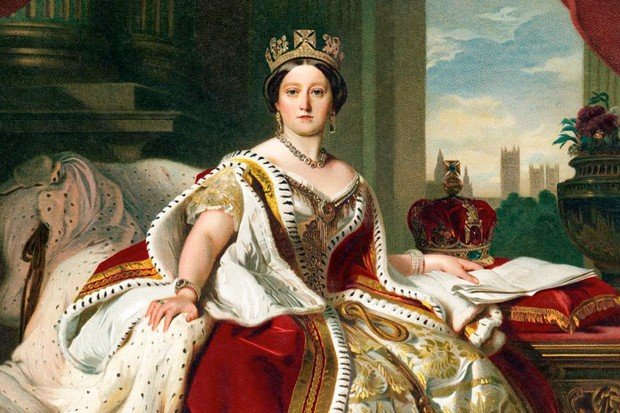
Alexandra Victoria was born on May 24, 1810 at Kensington Palace in London. She became a Queen when her uncle passed away at the age of 18. She is for sure one of the most important rulers in history, especially when we think about the responsibility that she took at such a young age.
Honestly, I find it ironic that Victorian England, despite having a female ruler, was predominantly male-dominated. Women in victorian era faced numerous repressive elements, including class discrimination, sexual disparities, and religious pressures.
Anyway, of course, Queen Victoria’s reign influenced the fashion of the period, actively shaping it. For instance, designers crafted women’s clothing with intricate details to conceal their body curves, believing that revealing attire could provoke sexual feelings in men.
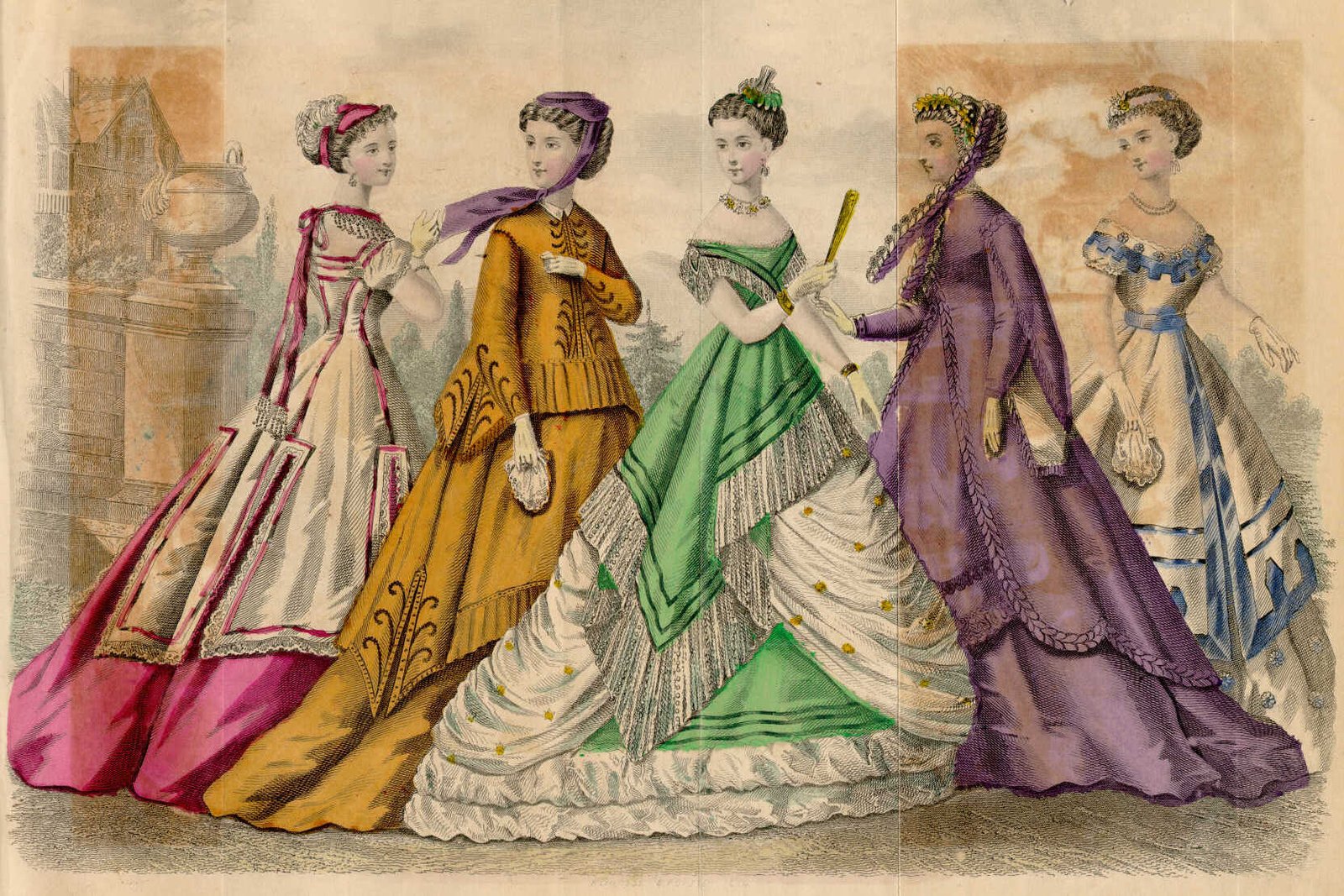
WOMEN IN VICTORIAN ENGLAND
The ideology, supporting gender apartheid, have considered women as individuals who have different “natural” characteristics than men. So, basically women’s nature seemed more passive, while men’s are highly active. Just because women were physically weaker, the male-dominated world thought that ‘home’ is the most suitable place for them. Oh, let’s not forget to being morally superior.
Lemme explain this active-passive situation a bit; In the marriage service, for example, women promised to ‘obey’ their husbands. Like, legally, a man could force his wife to have sex with, and beat her if she refused. What is worse is that if she tried to run away, the police could return her to her husband.
It was quite unlikely that a woman could do anything regarding to her situation if she were unhappy in her marriage. Once married, you forfeited whatever small rights you had. In terms of property, we can say, everything she owned (whether inherited or earned (just sayin’)), passed to her husband. Even if she came from a rich or aristocratic family, she would need to have no brothers and had to remain her life unmarried in order to live independently (hard to say). Because the wealth was used to being transferred to the male line.
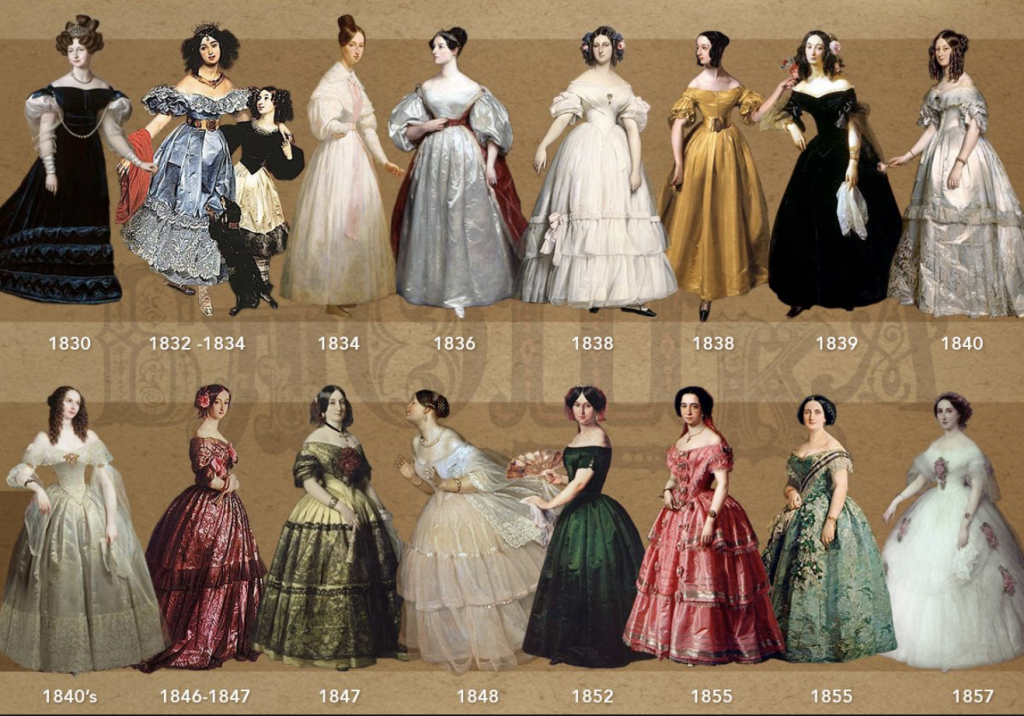
THE VICTORIAN PERIOD IN FASHION
I should also mention that rural women had plenty of work if they lived on a farm because some women earned money from the cottage industry. However, the Industrial Revolution put an end to enterprises such as spinning yarn and making lace at home.
For sure, it was not the success of only the Queen that the Empire reached its peak, but the economic power of the Industrial Revolution and colonialism. England has assumed the title of “the Sun never sets on the British Empire”. (GOod lord)
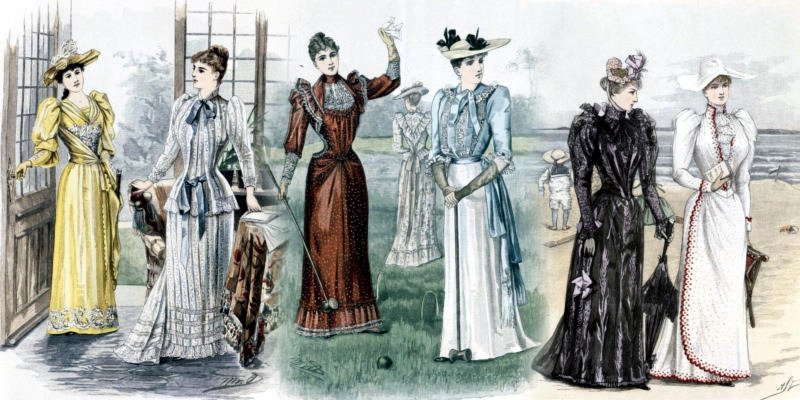
What I am trying to say is that such a transitional period would influence fashion: when wealth increased, flatulency increased; because of increasing of flatulency, the value of beauty increased. Beauty came to the forefront.
Everything was glossy and bright like from the furniture to the paintings. There was no word without polish, or fabric without beardless. Besides, Queen Victoria has influenced fashion with her own clothes. Elegancy of dresses increased incrementally with such details like laminal lace, boutie and furbelow. These kinds of clothes were giving a noble stance to women during that period.
What is more idiosyncratic is that after her husband’s death, Queen Victoria mourned and lived in seclusion. Just because the society was sorry for Victoria, they were wearing black. After this mourning, wearing black colour became so fashionable.
In fact, Victoria’s style has also modified the shapes of clothes. Women loved to wear closed collars. They now like the flattened sleeves rather than puffy ones. In this way, puff fashion became history.
When Queen Victoria aged, fashionable needs turned to her son, Edward, the Prince of Wales. The combination of his lust for a hedonistic lifestyle and the Women’s Emancipation Movement changed the look of fashion.
The major changes in the new Edwardian style were the end of the corset and the introduction of the new “health corset” with an S bend look.


